The battle of the sexes isn’t just for humans—it’s also a big deal when choosing the perfect cat! Deciding between a male or female cat is a thrilling, yet tricky, decision that can shape your entire experience as a pet parent.
Male and female cats bring different personalities, behaviors, and even health considerations to the table. Whether you’re dreaming of a cuddly lap cat or a more independent companion, the gender of your new feline friend can play a huge role.
This post will dive into 13 key factors that will help you make the right choice for your lifestyle and preferences. Ready to discover which gender might be your purr-fect match? Let’s explore the wonderful world of male vs. female cats!
Behavioral Differences

Cats exhibit behaviors that can vary based on their gender. Male cats, often more laid-back, enjoy lounging around and are generally more sociable. In comparison, female cats might seem reserved, displaying independence and caution.
These traits, however, can also be influenced by individual personality and upbringing. Understanding these differences can help in matching the right pet to your lifestyle.
Remember that patience and love can greatly influence a cat’s temperament, regardless of gender.
Size and Build

Male cats tend to be larger and more muscular compared to their female counterparts. This size difference might be noticeable as they grow from kittens into full-grown cats.
If size and strength are considerations, choosing a male cat might be more aligned with your preferences. Female cats are often more agile and sleek.
This aspect can affect your choice in terms of handling, play, and space requirements at home.
Marking Territory
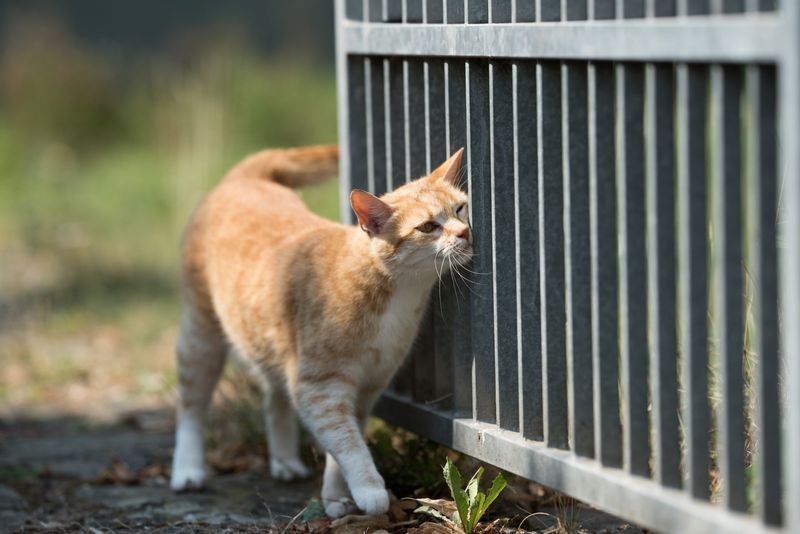
One significant behavioral difference is territory marking. Male cats, especially if not neutered, may spray to mark their territory. This behavior can be managed by early neutering.
Female cats rarely engage in territory marking, making them a preferable choice for those concerned about maintaining household cleanliness.
Consider your tolerance for such behaviors and the steps you’re willing to take to manage them.
Health Considerations
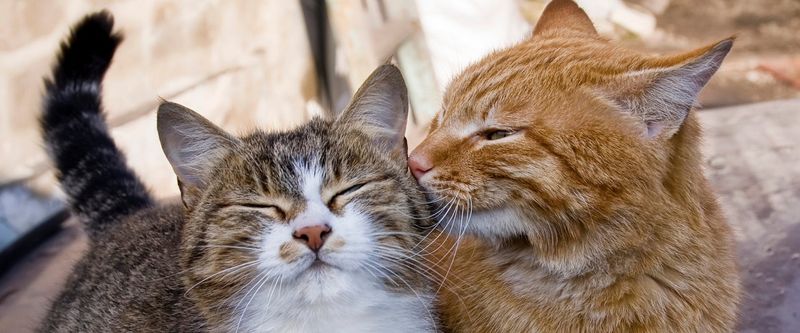
Health concerns can vary between genders. Male cats are prone to urinary tract issues, a condition that requires attention to diet and hydration. Conversely, female cats may face reproductive health challenges.
Regular veterinary check-ups and a balanced diet can mitigate many health risks.
Understanding these potential issues helps in planning and providing the best care for your furry friend.
Socialization Preferences
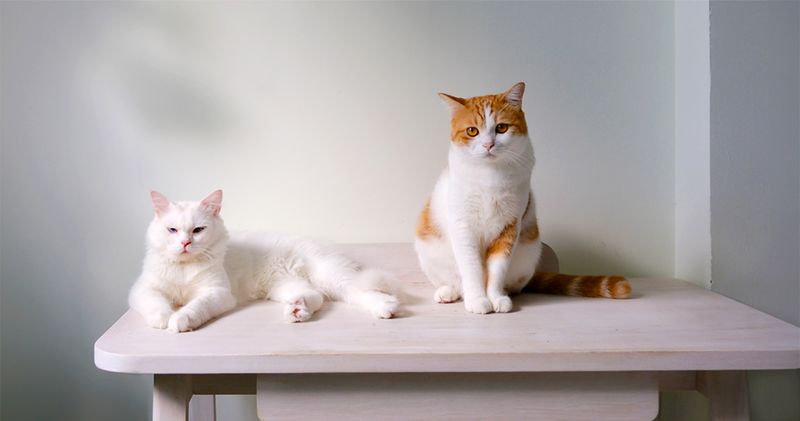
Socialization is another key difference. Male cats, known for their sociable nature, often enjoy human interaction and play. They readily adapt to new family members and settings.
Female cats, while affectionate, might take longer to warm up, preferring solitude at times.
These preferences can shape the way your cat interacts with family and other pets.
Cost Considerations
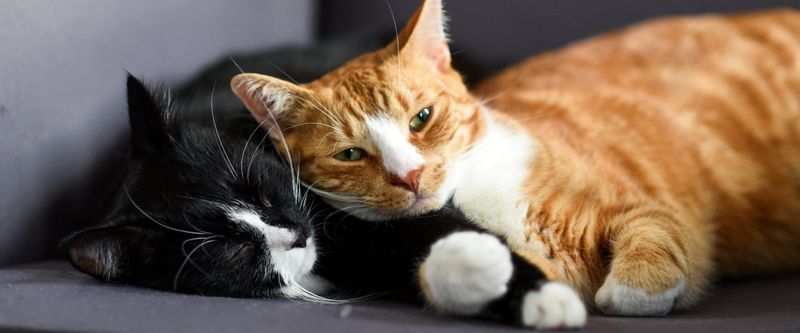
Cost factors can play a role in deciding between a male or female cat. Spaying a female cat is typically more expensive than neutering a male.
Additionally, potential health issues may also affect long-term costs. Male cats may require dietary adjustments to prevent urinary problems.
Budgeting for these expenses ensures long-term care and well-being for your pet.
Aggression Levels
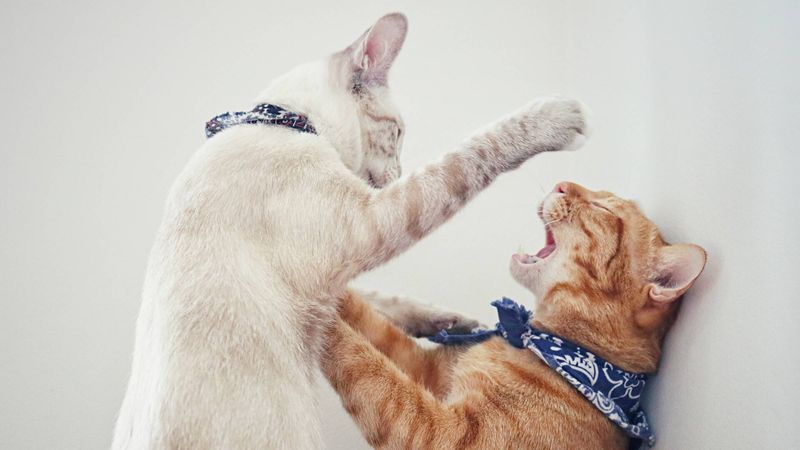
Aggression can appear differently in male and female cats. Male cats may exhibit territorial aggression, especially around other males. This is often a product of their instinctual behavior.
Female cats, though usually less aggressive, can become defensive, especially if they feel threatened or are protecting their young.
Understanding these tendencies helps manage interactions with other pets.
Grooming Needs
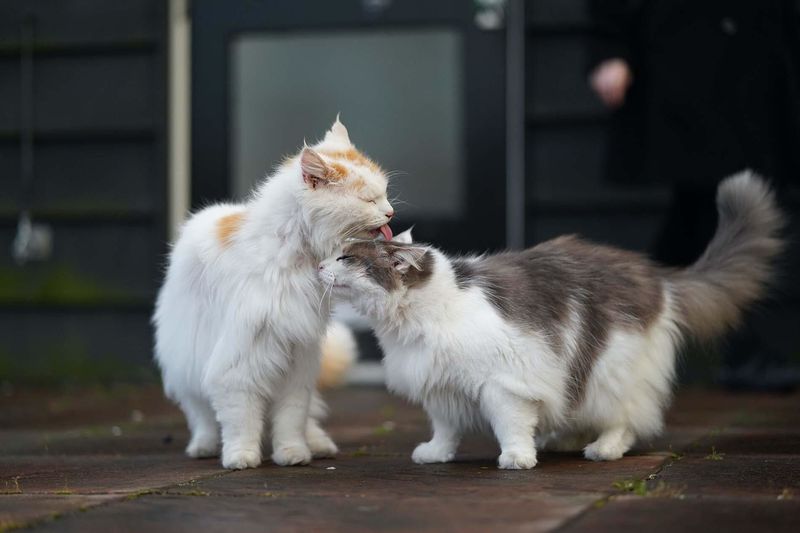
Grooming needs can be influenced by gender. Generally, male cats with shorter coats require less grooming than long-haired females. However, grooming is essential for all cats to prevent matting and hairballs.
Frequent grooming sessions foster bonding and maintain a healthy coat.
Consider your willingness to engage in regular grooming when choosing between a male or female cat.
Lifespan Expectations
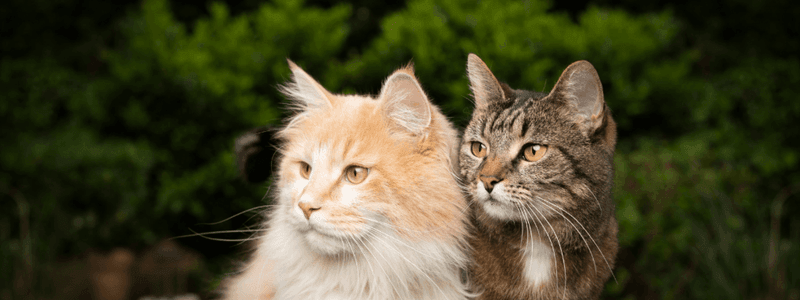
Lifespan expectations may slightly differ, with female cats often living longer than males. This longevity can be attributed to genetics and lifestyle.
While lifespan might not be the sole factor in your decision-making, it’s an aspect worth noting for long-term companionship.
A healthy lifestyle and regular vet visits can prolong your cat’s life, regardless of gender.
Vocalization Tendencies
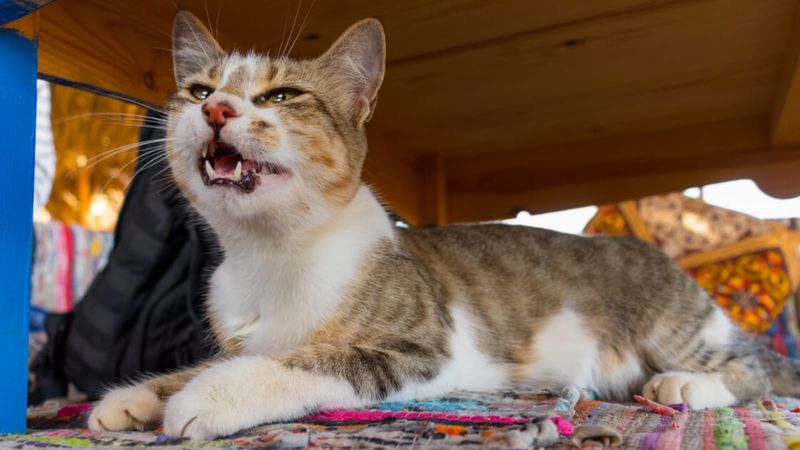
Vocalization tendencies can vary, with male cats often being more vocal. They might express themselves through frequent meows and sounds.
In contrast, female cats might be quieter, preferring subtle communication cues.
These tendencies can influence the ambiance of your home, especially if noise levels are a consideration.
Compatibility with Other Pets
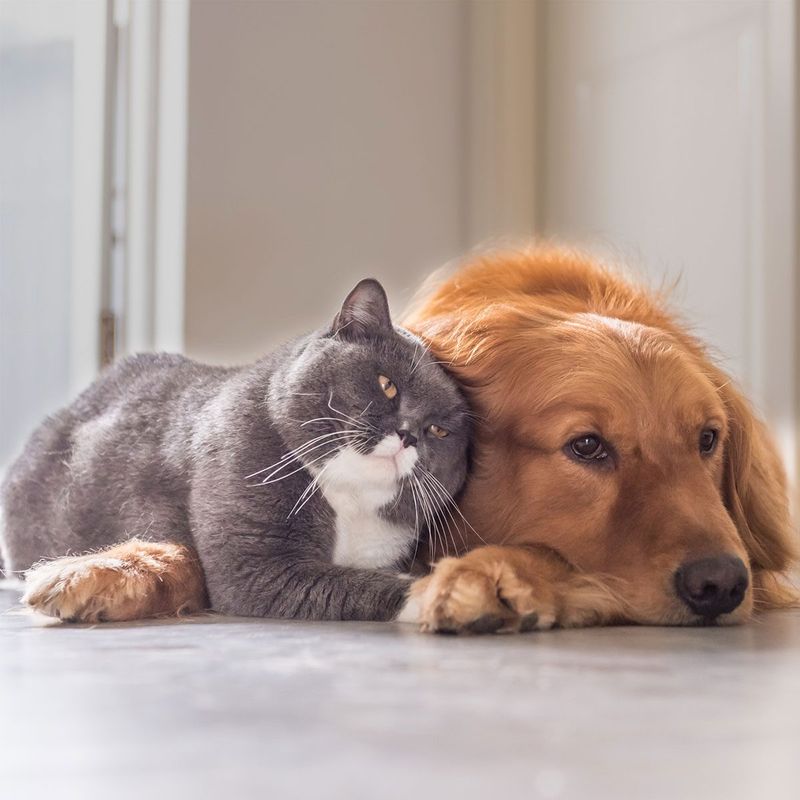
Compatibility with other pets is crucial for a harmonious household. Male cats are generally more accepting of other animals, adapting well in multi-pet settings.
Female cats might be more selective in their friendships, occasionally displaying aloofness towards other pets.
Assessing your current pet dynamics can guide your decision.
Energy Levels
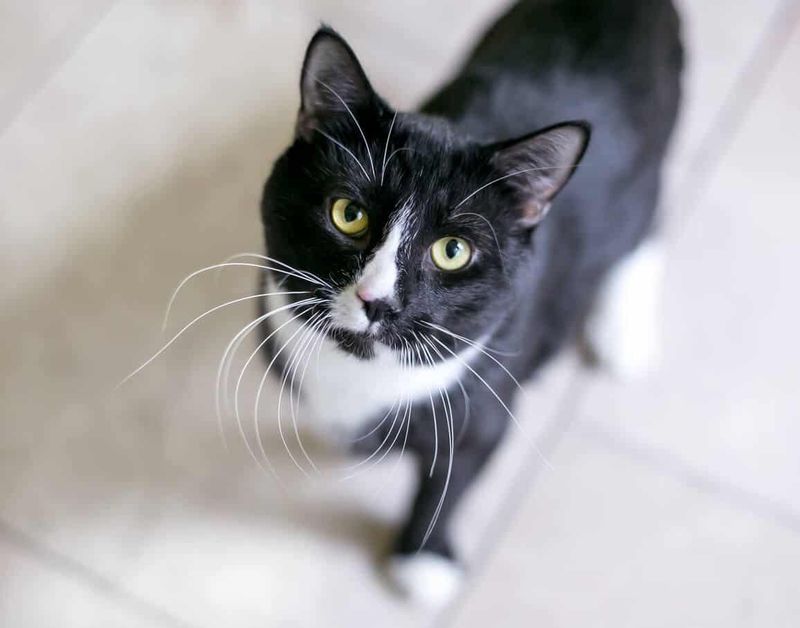
Energy levels might guide your choice between genders. Male cats tend to be energetic and playful, requiring engagement and exercise.
Female cats, while playful, often enjoy calmer activities.
Understanding these energy dynamics can help in creating an environment that suits your cat’s activity needs.
Breeding Considerations
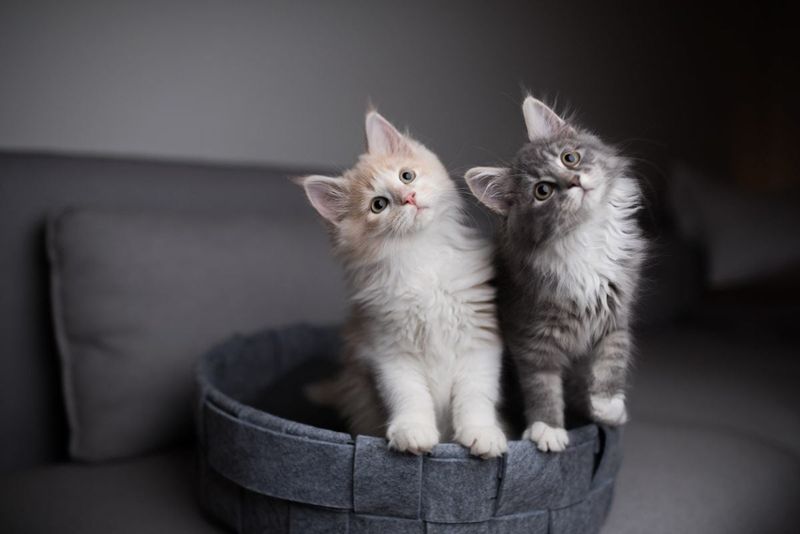
Breeding considerations are vital if you’re planning on having kittens. Female cats can reproduce, which requires planning and responsibility.
Male cats, if not neutered, may contribute to neighborhood breeding, increasing stray populations.
Considering the implications of breeding helps in making a responsible pet ownership decision.

